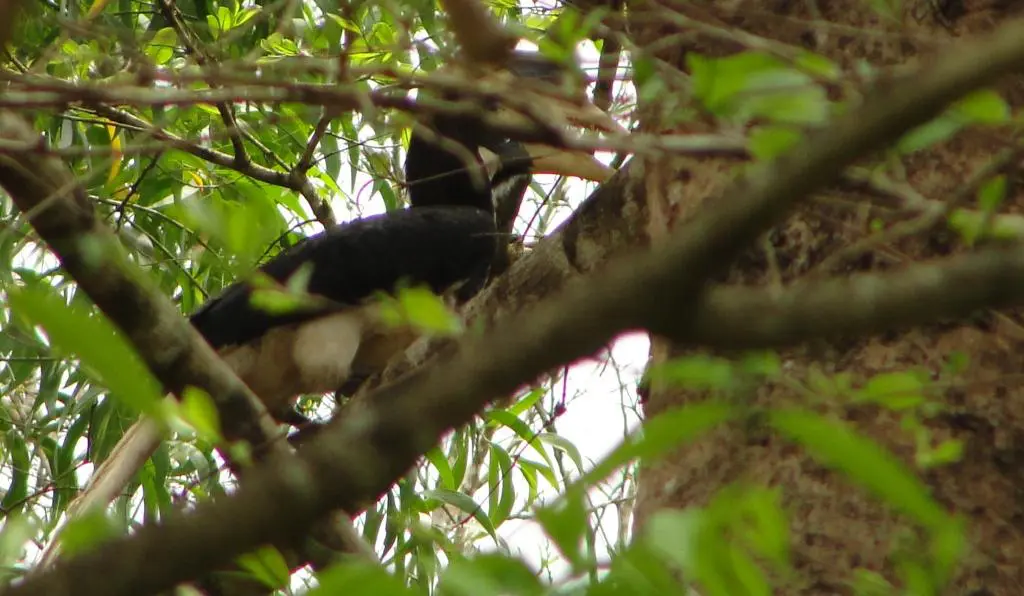
Well it is not about the hot and humid weather of Manipal that is a few months away. It is the characteristic rains now. It is also not about the temperature that some Manipalites, without having to sound sexist, set soaring be it summer or rains (mind you there is no winter in Manipal; sorry of you thought there was one). it’s not about Hot Spot (Shawarma and Grill chicken wala) either. This hotness is about the subject many of you loathed in school, yet others thought it to be ‘mark fetching’. Geography! The news is Western Ghats, the stretch of mountains that you see from Manipal (opposite direction of the sea if you have started searching for them) is now a World Heritage Site.
After a struggle of six years during which the Indian Wildlife Society made many presentations to the world body, the World Heritage Committee, the recent meeting in St. Petersburg accepted 39 serial sites of Western Ghats as World Heritage Site. The nearby places, a getaway for Manipalites like Kudremukh, Agumbe, Horanadu, and other adjoining areas are a part of Western Ghats, which spans 1.8 lakh square kilometres encompassing Kerala, Tamil Nadu, Karnataka, Goa and Maharashtra.
The Western Ghats goes a long way back. Back to the times when the region was called ‘Gondwana’. No, they didn’t have a name then, we humans attributed one. It was then that Africa and Asia were bhai-bhai. But then in a Hindi film style they had to separate. So what happens when you pull apart two pieces of pizza? The edges remain rugged. A similar thing happened to the western part of India, and the mighty Sahyadri (the helpful in Hindi) range came into existence.
The geographical significance of this region is tremendous. It is one of the three watersheds of India, that is provide water to the rivers! Three major ones Godavari, Kaveri and Krishna originate from here and drain into the Bay of Bengal and only very few drain into Arabian Sea after traversing a very short distance, (you will be familiar with two at least – the Goa wala river, Zuari and the nearby Netravati [yea which gives this name to the train]).
Western Ghats occupying a mere 6 percent of land mass of India houses 30 percent of all plant, reptile, birds and mammal species in India! There are 2 major protected areas, 13 national parks (some of them good weekend getaways). One of the famous inhabitants are amphibians, especially toads, which are found in the African continent, corroborating the Gondwana theory.
If you watch those documentaries on snakes a lot in Nat Geo, you sure would have met Agumbe in that. You must have heard of Jog falls, the place isn’t too far from here. If you have seen those exotic Kerala hill stations, they are a part of Western Ghats, if you are familiar with ‘aati kya khandala’, it’s again the Hotspot. If you have on your bus journey to Ooty seen deers walking on the road, its Bandipur National Park, part of Western Ghats again. It indeed has so much of natural diversity that it is a hot property. It is also a hot property for the various minerals found in this region (but more about mining in Karnataka and Goa region in later posts).
So hearty congratulations to Western Ghats on qualifying as a World Heritage Site.

Be the first to comment